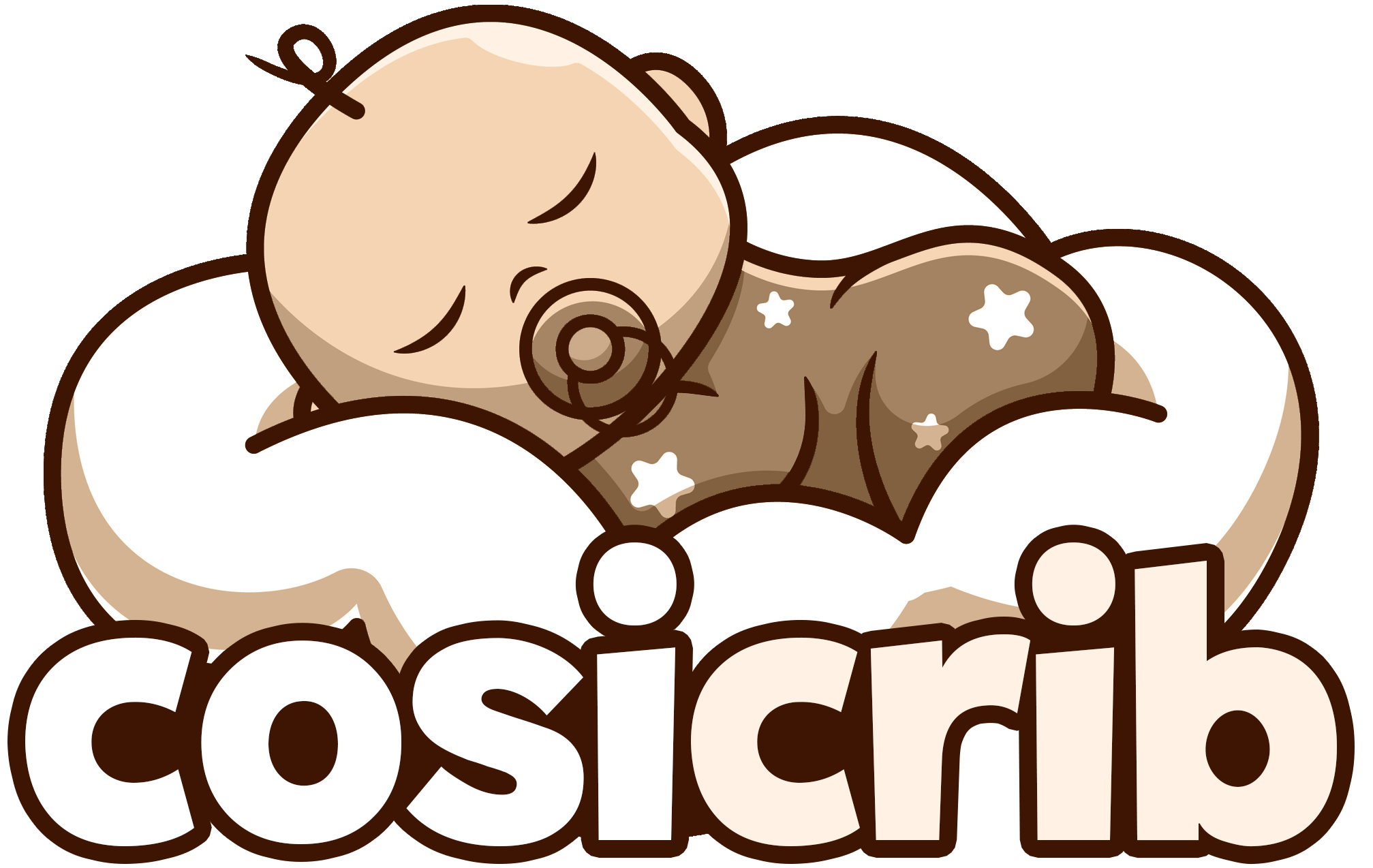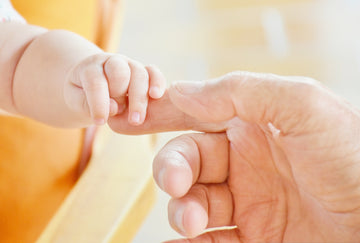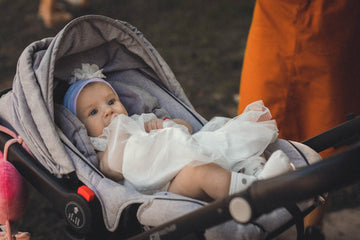There’s something incredibly powerful about watching a tiny human unfold before your eyes. One moment you’re gently cradling a newborn who fits perfectly in the crook of your arm; the next, you’re cheering as they wobble through their first steps like a tiny, giggling penguin. The first year of your baby’s life is a whirlwind—beautiful, unpredictable, and sometimes a little emotional (okay, a lot emotional).
This isn’t just a year of physical growth. It’s a time of discovering sounds, smiles, sleep routines (finally), and personalities blooming with every coo. It’s also the year where as a parent, you get to witness miracle after miracle tucked into the tiniest of moments. And while every baby develops at their own pace, there are some key milestones you can lovingly look out for—and joyfully celebrate.
Let’s walk through your baby’s first year together, month by month, with realistic expectations, practical tips, and a reminder that comparison is the thief of joy. Every milestone matters, no matter when it arrives.
Month 1-2: Welcome to the World
What to Watch For:
Lifting their head during tummy time (even just a bit)
Following your voice and gaze
Responding to loud sounds or familiar scents
First real smiles (the kind that melt your soul)
Celebration Tip:
Those early smiles deserve a spot in the memory books. Keep your camera ready and capture these tiny grins on a Monthly Milestone Blanket—it’s a great way to track growth in pictures while creating adorable keepsakes.
Support Your Baby:
At this stage, tummy time is essential. Using a Soft Cotton Crawling Mat or a cozy blanket gives them a safe, supportive space to strengthen neck muscles. Try a few minutes after each nap or diaper change, gradually increasing as they build tolerance.
Month 3-4: Strength in Motion
What to Watch For:
Holding up their head steadily
Starting to coo and babble
Grasping toys or bringing hands to mouth
Rolling from tummy to back (or at least trying)
Celebration Tip:
This is a sweet time to introduce play. Something as simple as talking, reading, or gently dangling toys during playtime builds bonds and encourages brain development. Soft toys like an Early Education Soft Book Toy are great for introducing textures and colors.
Month 5-6: The Curious Explorer
What to Watch For:
Rolling over both ways
Reaching for and grabbing objects
Sitting with support or briefly without it
First giggles and vocal play
Support Your Baby:
This is when many babies begin experimenting with solids. It’s messy, hilarious, and surprisingly emotional. A Baby Silicone Feeding Bib will save your laundry pile from disaster. Consider using soft spoons and start slowly—this is more about exploration than nutrition at this stage.
Month 7-8: Sitting Pretty and Teething Troubles
What to Watch For:
Sitting independently
Passing toys from one hand to the other
Beginning to crawl or scoot
First teeth popping through
Celebration Tip:
Celebrate those new teeth with a teether that’s safe and easy to grab. A Silicone Baby Teething Stick provides relief and doubles as a toy.
Pro Parent Tip:
Teething can make sleep and feedings a bit chaotic. Be patient—it’s just a phase. Teething rings, cold washcloths, or natural teething sticks can help ease the discomfort.
Month 9-10: Pulling Up and Playing Smart
What to Watch For:
Pulling up to stand
Crawling with confidence
Developing object permanence (peekaboo becomes a HIT)
Imitating gestures like waving or clapping
Support Your Baby:
Encourage movement with a safe, padded area. A Bedroom Baby Fitness Stand or Activity Gym Play Mat can offer motivation through visual and tactile stimulation.
Month 11-12: First Steps and First Words
What to Watch For:
Cruising along furniture
Saying simple words like “mama” or “dada”
Pointing, waving, clapping
Taking first steps (don’t panic if it’s a few months later—totally normal!)
Celebration Tip:
This is a huge milestone! Don’t stress about big parties—simple is beautiful. A walk in the park, a favorite snack, or a cozy cuddle session can be the perfect way to celebrate. Of course, don’t forget a quick snapshot to freeze the moment in time.
A Gentle Reminder About Developmental Differences
While milestones are exciting, it’s important to remember that every baby is on their own timeline. Some babies might crawl at six months, others at ten. Some may babble endlessly, while others are quieter and more observant. Development is not a race—it’s a journey. And you are doing an amazing job just by showing up, loving them fiercely, and creating a safe space for them to grow.
If you ever feel concerned about a delay, it’s always okay to check in with your pediatrician. Peace of mind is part of caring well.
Conclusion: A Year That Changes Everything
The first year of your baby’s life is full of movement, moments, and memories that shift the way you see the world. It’s a year that teaches you patience, resilience, and how to laugh through exhaustion. Each tiny milestone—from the first smile to the first step—deserves to be celebrated, not compared.
You don’t need to do it perfectly. You don’t need to do it like anyone else. Just meet your baby where they are, trust your instincts, and soak in the joy of becoming the person they trust most in this big, new world.
So here’s to the little wins, the big cheers, and the quiet moments in between. Because if there’s one thing we know for sure: your baby’s first year isn’t just about their growth—it’s about yours, too.








